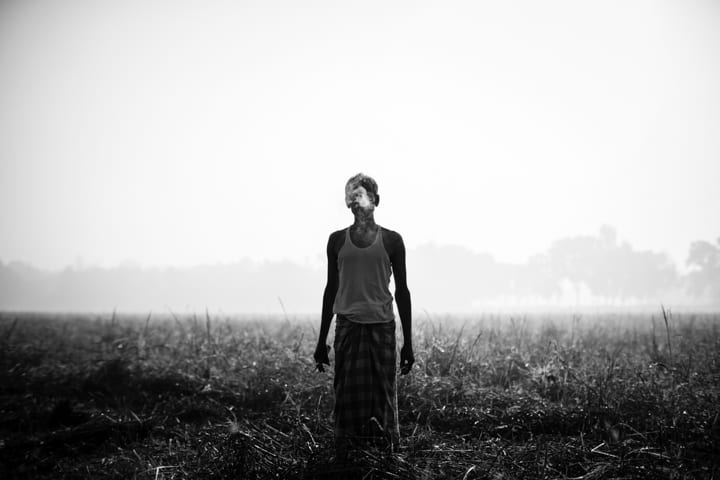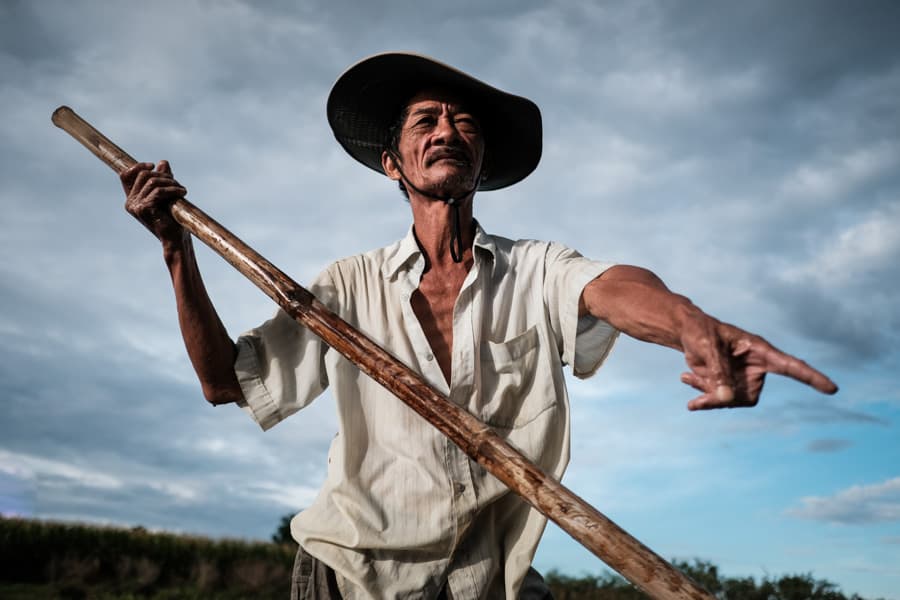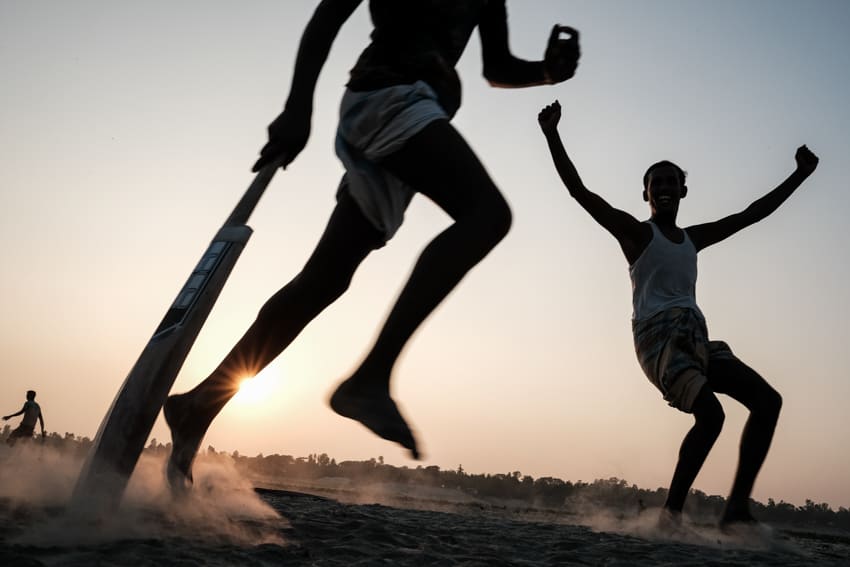Tutorials / COMPOSITION

Rhythm in Photography: Make Your Images Sing
Rhythm in photography refers to the way in which the eyes look at an image. If there is only one element to look at in the frame, the rhythm is pretty simple and quiet. It focuses on one thing only. When more elements are added, the photography rhythm changes, increases, speeds up a little. Just like music. So how can we create a more interesting rhythm in our photographs? And will this new rhythm affect how people feel about our images? Disclaimer: Your musical tastes might be called into question here!
As usual, let’s keep the explanation nice ‘n’ simple.
Imagine your eyes moving through an image like you’re reading notes from a score of music.
The more your eyes move – up and down, right and left – the more dynamic and interesting the composition will be. In just the same way as music, repeating a single note or a few notes is a lot less exciting. These “safe options” do not result in transcendent music. (They do, however, create a lot of pop music hits. If you’re into that sort of thing.)
Having more elements in the frame, and placing them in a certain way, creates a different rhythm. This, in turn, can affect a viewer’s perception of the image.
How does it do this? Well, it’s all about expressing emotions – which are very personal, and which differ from person to person, viewer to viewer.

When taking photos, you have to ask yourself: What am I trying to say? Of course, we spend a lot of time working on our camera settings, on our composition, on our light. But in the end, why are you taking that picture? What are you trying to say?
This is when rhythm becomes the secret weapon of our utility belt. (If photographers were superheroes, that is!)
Here’s an example. Say you have an image in front of you, which you start to consider.
If your eyes are only resting on one location within the image, they feel… well, rested. They don’t have to do much work.
As a result, you feel more relaxed, and the image appears quite peaceful. (This is, by the way, exactly what middle placement does in our photographs. And yes, this is also the same effect that negative space creates).

So there are many ways to express emotions in your pictures.
However, personally, I believe that middle placement in photography, and the use of negative space, tends to isolate our subjects. To simplify the composition. And to remove dynamism. It does bring quietness and peacefulness – but it often lacks energy, the intrigue of a story.
Rhythm, on the other hand, is an amazing tool to use if your goal is to add dynamism in your images. Which is exactly what we want when taking photos of busy situations in travel photography.
Once again, super simple.
A single element in your frame means a very low, quiet rhythm. You can break that feeling by waiting for the right moment when your subject itself is providing you with a dynamic moment or dynamic body posture.

Two elements in your frame create a line. If this line is straight, there is, somehow, more rhythm. But it still feels flat. Think about a heart rate monitor – not good!

On the other hand, placing the two elements of your frame in a diagonal line dramatically increases the rhythm. Why? Well, the eye is now drawn from one corner to the other corner of the frame – and this “uneven” line creates dynamism.

Three elements in your frame help you to create triangular shapes – meaning there are now three lines involved. Plus, if you fill your frame with these elements, these lines can run wild through the frame. A lot more dynamic.

The eye moves from left to right, up and down, travelling through the whole frame. Busy, busy… but in a good way.
Now, this is when things become interesting. Because placing even more elements into your frame means you can elaborate further on these interesting rhythms. Once again, it’s just like music. More notes, more intervals, more cadences = a symphony of texture, interest and emotion.

If the scene you’re shooting feels very dynamic to you, then try and add as many elements as possible into your frame – placing them in a way so that they’re not flat or undynamic. On the contrary. What you want is to make the viewer’s eyes go haywire! I call them dancing lines. 😉 Movement is the whole point.
Personally, I love my music when it’s dynamic. It gives me energy. It gives me a boost for the rest of the day. I’ve come to realize that I like compositions to feel like that – in music and in photography.
On top of that, because I spend a lot of time photographing busy situations – with plenty of moving elements in front of me – it makes sense to create a dynamic rhythm in the resulting image.

So the next time you’re out taking photos, think about how you want the viewer to feel. Do you want to make them feel like they’re watching an opera or a rock band on stage?
Your taste in music might be different from mine. Just like one photographer’s preference for photographic rhythm might be different from another’s. But it’s all about creating a more interesting story with your image. About drawing the eye in and imagining where you want the eye to go next.
Whether that’s with a single element – if you’re in the mood for soft, uncomplicated tones – or carefully placed multiple elements for the beautiful chaos of jazz – that’s up to you.
You’re the photographer. You’re the conductor. So enjoy creating your masterpiece!


Loved this article